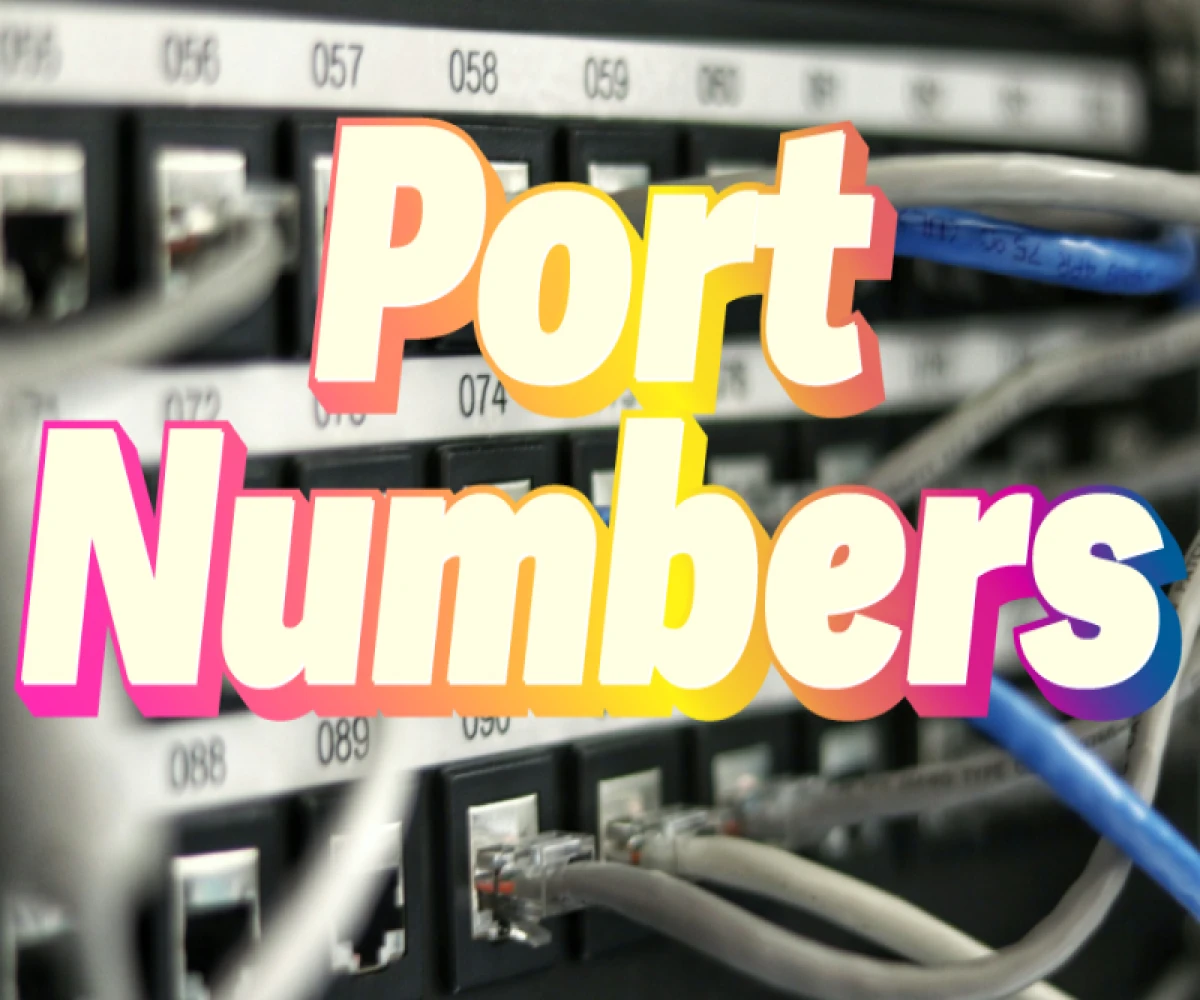
The Hidden World of the Internet: Discover the Secret of Port Numbers
Demystifying Port Numbers: The Unsung Heroes of the Internet
Imagine a bustling apartment building. Everyone has a unique address (IP address) that helps deliveries find their way. But what if every resident ran multiple businesses from their units? How would deliveries for the bakery be distinguished from packages for the dog walker?
This is where port numbers come in. In the world of the internet, they act like designated doors within an IP address, allowing specific traffic to reach the right service or application.
What are Port Numbers?
Port numbers are 16-bit identifiers that, combined with an IP address, pinpoint the exact destination for data packets on a network. Think of them as labels on different mailboxes within the same apartment building.
These numbers are standardized across devices, ensuring everyone speaks the same language. For instance, port 80 is universally recognized as the doorway for standard web traffic (HTTP), while port 443 is used for secure web traffic (HTTPS).
How Port Numbers Work
Here's a breakdown of how port numbers work behind the scenes:
- Initiating a Connection: When you request a webpage, your device sends a data packet containing the destination IP address.
- Port Power: This packet also specifies the port number relevant to your request. For instance, if you're browsing a website, the port number will likely be 80 (HTTP).
- Delivery at the Door: The router on the destination network receives the packet and uses the IP address to locate the correct device. The port number then directs the data to the specific service running on that device, like a web server waiting on port 80.
- Two-Way Street: The requested information is then packaged and sent back to your device through the designated port.
Everyday Examples of Port Numbers
Here are some common port numbers you might encounter:
- Port 80 (HTTP): The foundation of web browsing, used to access standard websites.
- Port 443 (HTTPS): The secure version of HTTP, crucial for online transactions and protecting sensitive data.
- Port 25 (SMTP): The workhorse for sending emails.
- Port 22 (SSH): Enables secure remote access to computer systems.
- Port 21 (FTP): The traditional way to transfer files between devices.
By working together with IP addresses, port numbers ensure the smooth flow of communication across the vast network of the internet. They may seem like a technical detail, but they play a critical role in directing information to the right place, at the right time.


